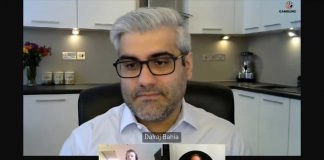In its latest webinar, GambleAware’s methodology and research leads discussed the different measurement methods utilised to identify the prevalence of gambling and appropriate treatment methods.
Who is it?
Patrick Sturgis, Department of Methodology, London School of Economics
Dr Amy Sweet, Research Lead, GambleAware
What is being said?
Sturgis stated: “Measurement of the prevalence of gambling harm should move to online surveying. That may be counterintuitive as there is a bias there, but at the moment all face-to-face interviewing has had to be halted, but even when we can return to it’s so expensive it imposes limitations on sample size and frequency of survey.
“Prior to the pandemic, we were doing surveys every two or three years, and the sample sizes even then were not what we could achieve with online surveys. We think this is going to happen inevitably, we think it should happen, because it enables us to do subgroup analysis.
“However, because of this issue we do require a programme of methodological testing and development that is going to try and address some of the issues and some of the uncertainties. Our conclusions are based on the balance of probabilities – we are not saying these things are certain.
“There are still areas of ambiguity around some of the measurement issues that could do with some experimental testing and development looking at different approaches to weighting the data. We don’t think we should stop doing in-person surveying, it will remain an important part of the future programme, in order to provide benchmarks.”
Why should I watch it?
To gain an insight into the methods used and findings from research into identifying the prevalence of problem gamlbing and subsequent treatment methods across Great Britain.
Where can I see more?
Source – BeGambleAware YouTube Channel




